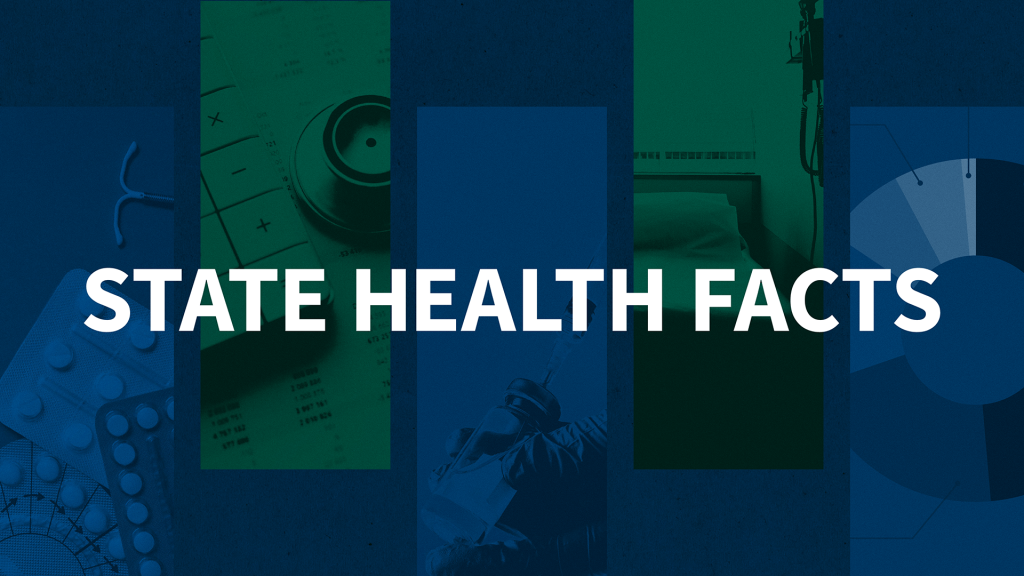With or Without ACA Repeal, ACA and Medicaid Cuts are Looming
In this JAMA Health Forum post, Executive Vice President Larry Levitt explores why the incoming Trump administration and Republican majorities in Congress are likely to pursue budget cuts in Medicaid and the Affordable Care Act and why such efforts are likely to boost the number of uninsured Americans.
